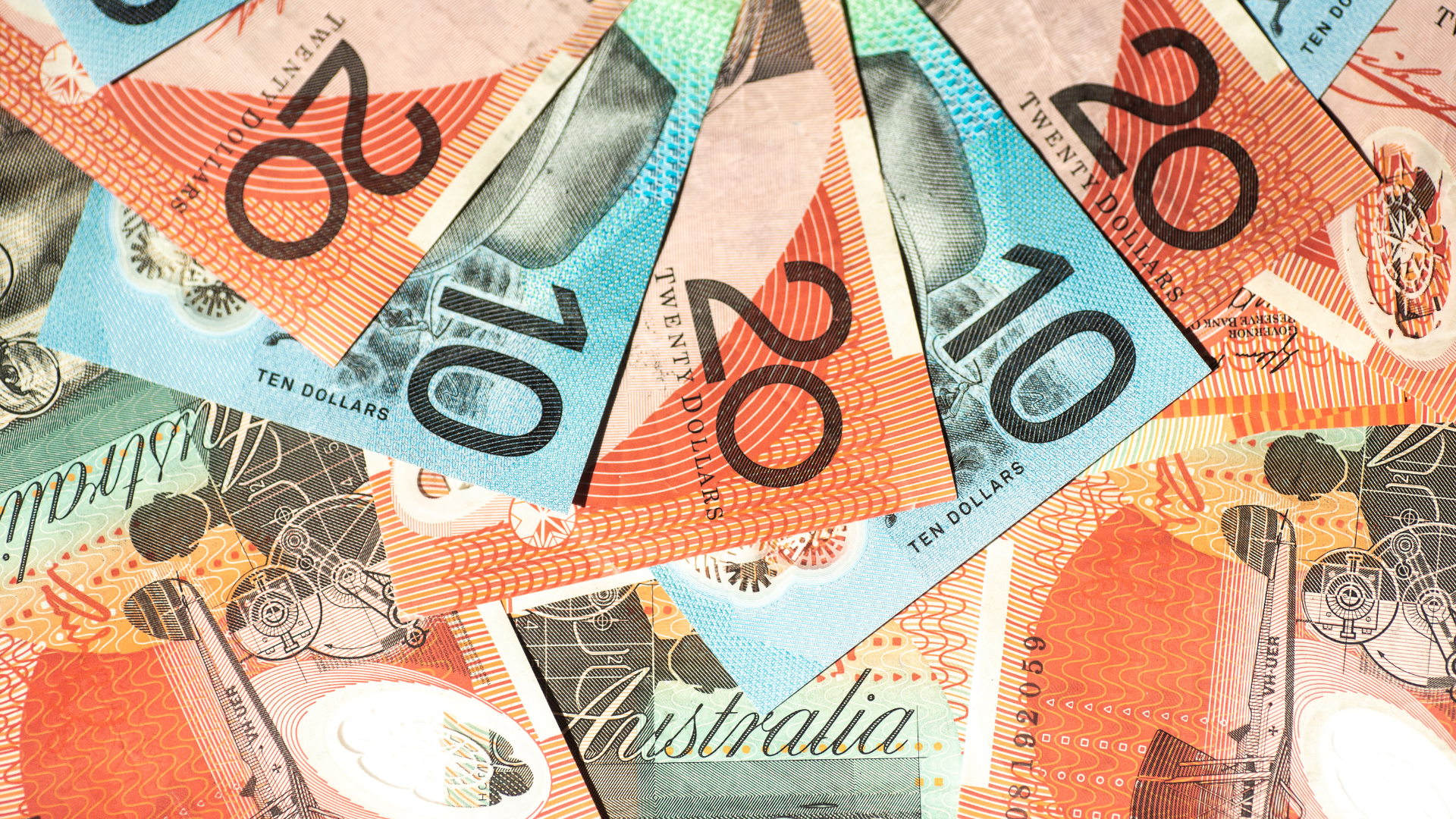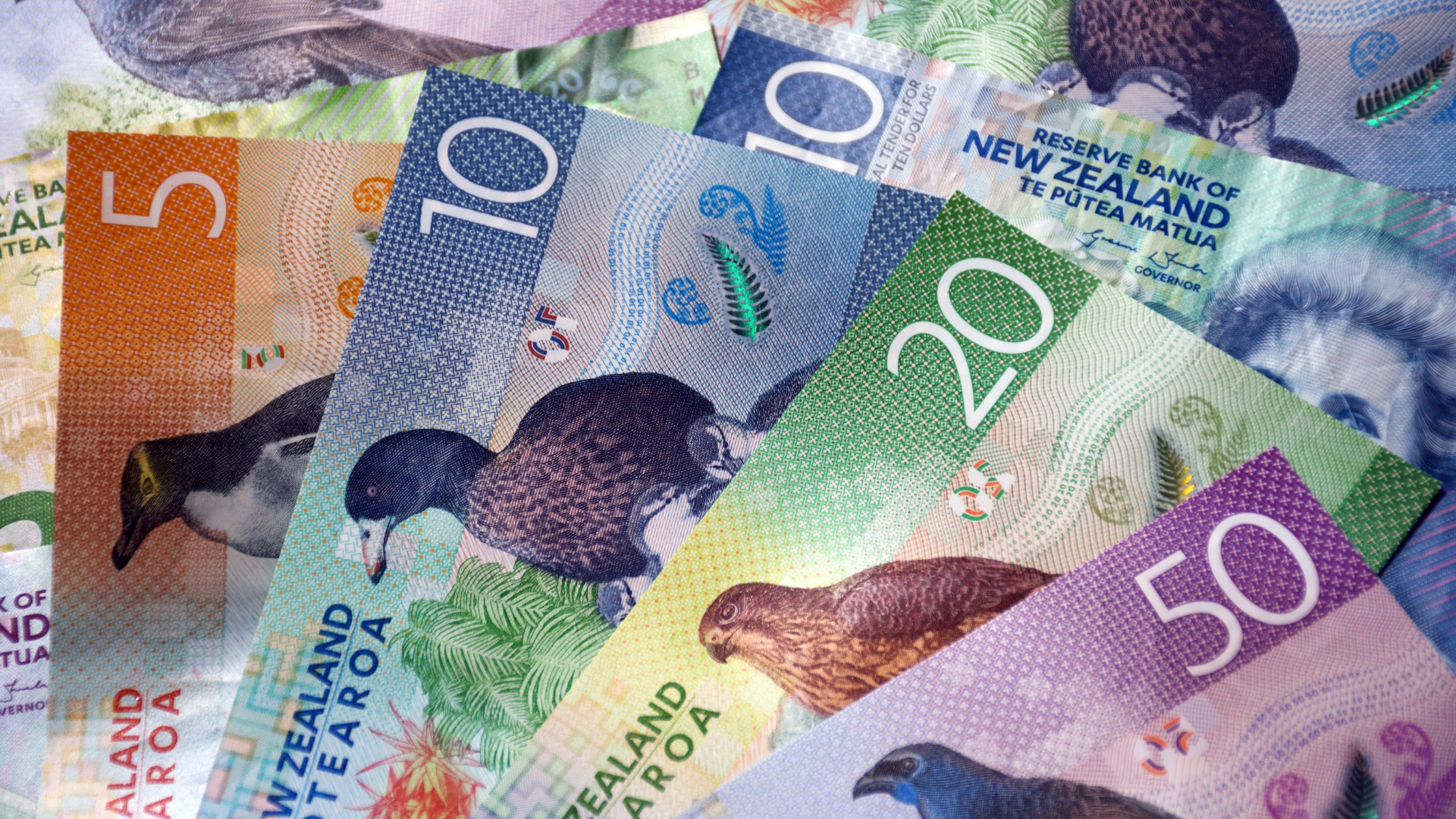Australia’s trade surplus declined to 5,085 million AUD in December, falling short of the 7,000 million AUD expected by economists. The drop highlights weaker export performance and persistent external pressures affecting the country’s trade balance, signaling potential headwinds for economic growth.
The decrease was driven by a slowdown in commodity exports, particularly in key sectors like iron ore and coal, as global demand softened amid economic uncertainties. At the same time, imports remained relatively stable, further narrowing the surplus and reflecting steady domestic consumption despite challenging conditions.
Economists noted that the wider-than-expected gap raises concerns about Australia’s trade resilience, with fluctuations in global commodity prices playing a significant role. The decline also reflects the lingering impact of geopolitical tensions and supply chain disruptions on international trade flows.
The Australian dollar showed limited reaction to the data, as markets had partially priced in the possibility of weaker trade figures. However, the softer surplus may influence expectations around monetary policy, with analysts watching closely for any shifts in the Reserve Bank of Australia’s (RBA) outlook.
Looking ahead, the trajectory of Australia’s trade performance will depend on global economic conditions, particularly in key export markets like China. Ongoing volatility in commodity markets and changes in demand could continue to shape the trade balance in the coming months.
As policymakers assess the latest data, the weaker trade surplus adds to the growing list of economic indicators pointing to potential challenges ahead, reinforcing the need for careful monitoring of external risks and domestic economic performance.
















